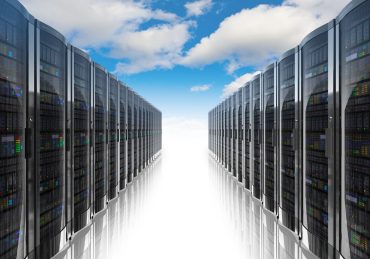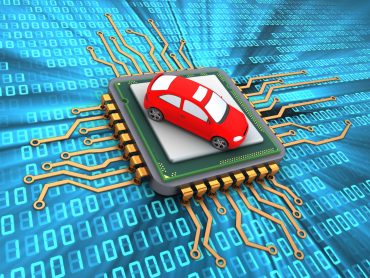
Edge infrastructure can integrate with central cloud data centers to deliver performance levels that wouldn’t be possible using the cloud alone.
You’ve heard of cloud computing. You’ve probably also heard of edge computing. But do you understand the differences between the cloud and the edge?
That’s a simple question with a relatively complex answer since both cloud and edge architectures can come in various forms. Let’s try to break down the similarities and differences between cloud computing and edge computing and explain how they relate to each other.
See also: Center for Edge Computing and 5G
What is the cloud?
Cloud computing, of course, is an architecture in which data or processing are offloaded to servers hosted in a remote data center.
Clouds come in many forms – public, private and hybrid – and there are a wide variety of cloud services available, ranging from basic virtual machines and storage to serverless functions, IoT device management, and even satellite communication controls.
What is the edge computing?
In an edge architecture, data or processing are offloaded to remote infrastructure that is not necessarily a traditional data center. That work is done “closer” to end-users – in terms of geographic and network proximity –than a conventional data center.
One of the factors that makes edge complicated is that edge infrastructures can take a variety of forms. Edge infrastructure could consist of traditional data centers that are simply closer to users than a centralized cloud data center. But edge infrastructure could also be a network of IoT sensors that stores and processes data. It could even be end-user devices themselves, like smartphones, onto which data storage and processing are directly outsourced.

Cloud vs. edge
The varying forms of edge infrastructure make it difficult in some respects to distinguish cloud architectures from edge architectures. For instance, some hybrid clouds are arguably also edge architectures if they mix cloud data centers with local data centers in a way that brings some workloads closer to the network edge. A multi-region public cloud could also be considered a form of edge architecture if it includes regions that place workloads closer to the network edge than they would be in a single-region environment.
That said, the general distinction between edge computing and cloud computing is that in an edge architecture, workloads are close enough to end-users to deliver latency rates that are measured in single- or double-digit milliseconds. Many applications now require such low latency. For example, self-driving and autonomous vehicles do not have the time to send a video stream to a data center for image analysis to decide whether a pedestrian is in the car’s path? The data analysis, decision-making, and action must be done on the vehicle, which is essentially a complex edge device.
A conventional cloud environment is not usually capable of that level of performance. For example, latency between different AWS regions is typically measured in the hundreds of milliseconds (and that is inter-region, intra-cloud latency, which is likely to be lower in many cases than latency between the cloud and an end-user).
Edge computing as an extension of cloud
It’s worth noting, too, that edge computing is not an alternative to cloud computing as much as it is an extension of it. Edge infrastructure can integrate with central cloud data centers to deliver performance levels that wouldn’t be possible using the cloud alone.
Viewed from this perspective, the somewhat
hazy relationship between edge and cloud comes into sharper focus. Don’t
worrying about what counts as an edge architecture and what counts as the cloud
in contexts where the distinctions are ambiguous. Think of edge and cloud as
complementary setups that, when combined, deliver an end-user experience that
adds up to more than the sum of its parts.







